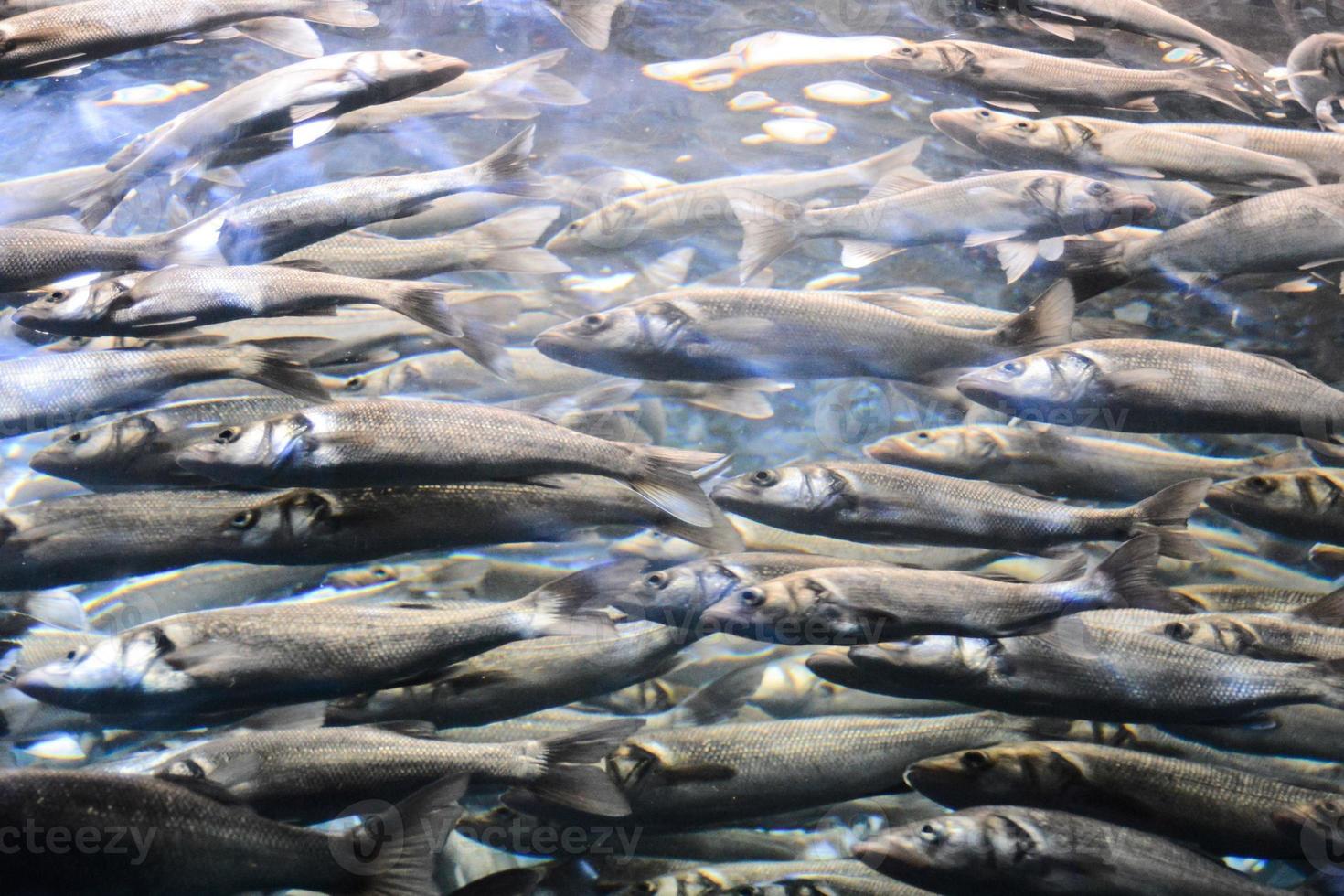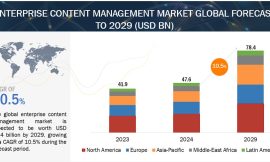United States fish farming market is projected to witness a CAGR of 3.90% during the forecast period 2024-2031, growing from USD 15.93 billion in 2023 to USD 21.64 billion in 2031. Increasingly, demand in the United States is shifting toward sustainable and locally sourced seafood. Concerns regarding overfishing and the environmental impact caused by wild-caught fisheries have increased demand for farmed fish that can be traced to sustainable production practices. The demand is specific to the United States market, where environmental sensitivity is an evolving mainstream consumer priority. Tremendous changes have been observed in eating behavior as far as health concerns are considered in the United States, while seafood consumption is associated with a number of health benefits. Demand for fish containing omega-3 fatty acids, such as salmon and trout, influenced the growth in fish farming due to these particular dietary needs.
As per the May 2024 report of National Oceanic and Atmospheric Administration, the U.S. Department of Commerce, the United States commercial and recreational fishing provided 2.3 million jobs and generated USD 321 billion in sales across the economy in 2022.
It has vast coastal and freshwater resources with suitable environments for various aquaculture practices from shellfish farming in the coastal waters down to freshwater fish farming in inland ponds and tanks. Government regulatory frameworks ensure that aquaculture is practiced in a sustainable manner that is not detrimental to the environment, further supportive of industry growth by ensuring practices that minimize ecological impact. The global share of fisheries and aquaculture production by volume in the United States in 2022 was 4.58%.
The United States is a world leader in most technological innovations, and so is the case in aquaculture. Technological development in fish farming encompasses advanced methods, such as RAS and improvement in feed formulation, which makes the industry more effective and viable. These are technologies developed and adapted to meet the specific environmental regulations and market needs of the United States.
Rise in Consumption of Seafood to Propel Market Growth
Aquaculture or fish farming, has been driven to a greater extent by the increase in seafood consumption in the United States to meet the growing requirements of market. Over the last couple of decades, consumers have become more aware of the health benefits associated with a diet of seafood, with its high protein content and essential omega-3 fatty acids. With the continuous overexploitation of supplies from the wild catch, sustainable aquaculture has emerged as a solution that can help plug the supply-demand gap. This move is driven by the trend towards consuming local and more environmentally friendly foodstuffs, hence compelling the United States to develop its own aquaculture. Correspondingly, the increase in the consumption of seafood means an increase in domestic fish farming with the rationale of a steady and continuing supply of it in a manner that would not be burdensome to the natural marine ecosystems. This will continue to be the case as consumer preference shifts toward healthier and more environmentally friendly food.
According to the estimates of the National Oceanic and Atmospheric Administration (NOAA), the per capita consumption of seafood is increasing in the United States. Also, to meet the rising consumer demand, the United States greatly relies on the imports from the countries such as Canada, Chile, India, Indonesia, and Vietnam. Moreover, around 80% of the estimated consumption of the seafood in the United States imports from abroad. Hence, the United States seafood imports exceeded exports by USD 20.3 billion in 2023.
Tuna to Dominate the United States Fish Farming Market Share
Various factors are contributing for the higher tuna consumption in the United States, relating to present dietary trends and prevailing market conditions. Tuna is generally recognized for its health benefits due to its richness in protein and omega-3 fatty acids, which are crucial for heart conditions and cognitive function. These qualities appeal to the health-conscious consumers who seek healthy and convenient foods.
Furthermore, tuna is versatile as it is available in wide variety such as canned to fresh and frozen packs, hence convenient for various uses in salads, sandwiches, and other dishes. Another significant reason is the economic factor, since tuna is relatively cheaper compared to most seafood and meat varieties, it is consumed more.
In June 2023, Bumble Bee Foods, LLC debuted its latest Tuna Products, with the aim to expand its current product portfolio. The latest launches include Tuna Salad & Crakers, Pouched Wild-Caught Tune in Teriyaki Flavor, Pouched Wild-Caught Light Tuna in Water, and some more other options for the consumers.
Government Support to Accelerate Market Growth
The government of the United States has been keen on ensuring supporting aquaculture or fish farming performed through various measures and policies aimed at securing growth within sustainable limits. These measures include financial support and grants by departments such as NOAA and the USDA. These grants support research and development work aimed at improving best aquaculture practices, enhancing fish health, and reducing negative environmental impacts. Besides these, regulatory frameworks put in place by government ensure that aquaculture operations meet minimum environmental and food safety standards that instill consumer confidence in the products of farmed fish. Section 1 of the National Aquaculture Act of 1980 is considered a basic policy, fostering encouragement in aquaculture development that would help alleviate the United States seafood trade deficit and supply the increasing domestic demand for seafood. The federal government has remained active in promoting the sustainable progress of fish farming in the country, through coordination with academic institutions and various industrial stakeholder representative groups at the state agencies. For instance, in August 2024, Biden-Harris Administration announced over USD 34 million in Inflation Reduction Act (IRA) for funding towards cooperative institutes, grants, contracts, and federal employment to modernize the data, infrastructure, and workforce of NOAA Fisheries.
Future Market Scenario (2024 – 2031F)
The fish farming market in the United States is expected to grow exponentially in the forecast period due to greater dependence of the region on the seafood. The United States is seeking to minimize its dependence on imported seafood, since it comprises a big portion of the domestic market. The United States can increase its trade balance by encouraging local fish farming, which would improve the local economies and provide jobs in aquaculture. Minimizing seafood importation is in line with the greater economic objectives of self-sufficiency and economic resilience factors relevant to the United States.
Report Scope
“United States Fish Farming Market Assessment, Opportunities and Forecast, 2017-2031F”, is a comprehensive report by Markets and Data, providing in-depth analysis and qualitative and quantitative assessment of the current state of the United States fish farming market, industry dynamics, and challenges. The report includes market size, segmental shares, growth trends, opportunities, and forecast between 2024 and 2031. Additionally, the report profiles the leading players in the industry, mentioning their respective market share, business models, competitive intelligence, etc.
Click Here:https://www.marketsandata.com/industry-reports/united-states-fish-farming-market
About Us:
Markets and Data provides a comprehensive/ panoramic understanding of markets at global, regional, and country levels. Examine changing consumer preferences, emerging challenges, underlying trends, and growth prospects to accelerate your business strategies.
Contact
Mr. Vivek Gupta
5741 Cleveland street,
Suite 120, VA beach, VA, USA 23462
Tel: +1 (757) 343-3258
Email: [email protected]
Website: https://www.marketsandata.com




